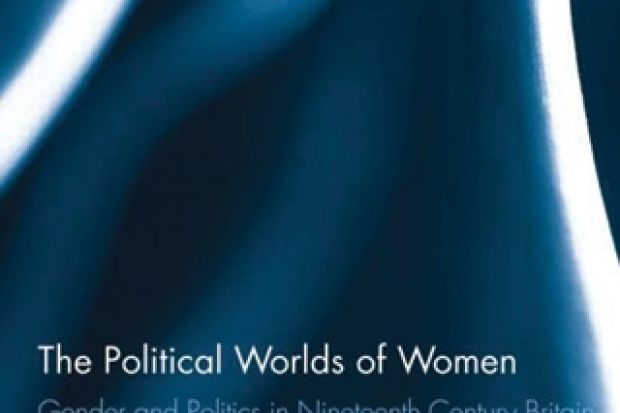This book sets out to challenge analyses of 19th-century politics that are based on narrow definitions of the subject and therefore marginalise the role of women. Drawing on a broader definition of political culture, Sarah Richardson illustrates a rich diversity of activism, especially that based on writing in various forms. She points out that a broad array of publications by women were well received when first published, but were subsequently often overlooked by political historians.
Women of all classes, whether or not they advocated women’s involvement in politics, were involved in ethical consumption practices, such as boycotting retailers selling slave-grown sugar. The period covered by this book - 1800-70 - is significant for its health and humanitarian reforms. Consequently, these issues, of a so-called quasi-political character, were to exercise women; thus, on diverse subjects, such as prison reform, the abolition of capital punishment, the cruelty of bull-baiting and the callousness of sati, women’s voices were heard.
The book is divided into four sections: politics at home, politics in the community and neighbourhoods, the national stage, and international politics. Homes are places where social plans are incubated: this model of the middle-class intellectual home is still very much alive today and some of us would recognise a world of debate over dinner, as linked to subsequent social action, with important thinkers attracting influential guests to their tables.
Political salons, often organised by women, were at the heart of public life, and women and children attended. Women could lobby and petition from the comfort of their own homes in a period in which it would have been taboo for them to approach men directly
Political salons, often organised by women, were at the heart of public life, and women and children attended. Women could lobby and petition from the comfort of their own homes in a period in which it would have been taboo for them to approach men directly. Richardson offers as an example Sarah Austin, who initiated a written conversation with William Gladstone, remarking in 1839 that she “shrank from appearing before the public in my own person or behalf, as the author or champion of any opinions whatsoever”! Richardson also considers local politics, and provides accounts of the activism of women in parish and local politics, in which they were able to hold a variety of offices.
Fascinating for those unacquainted with the minutiae of the period is the concealment of women visiting Parliament in an attic space called the Ventilator or Lantern, situated above the great chandelier of the House, from which they had only a partial view of the proceedings, with their presence unacknowledged by the Speaker as they were effectively outside the room. The fire in 1834, which destroyed the Commons, prompted a debate about the admission of women to the gallery, which is articulated here in some detail. In the new Houses of Parliament they were confined to the “ladies’ cage”, which was a portion of the Strangers’ Gallery screened in front by open trellis work; in the same way that such screens are used for women in purdah, women could view the proceedings but could not be observed by the men. The grille remained in place from 1852 to 1917.
As for women engaging in parliamentary debates, it was posited by opponents that “a feminine presence would be productive only of disorder and interference with business of the House”. Richardson pays particular attention to this argument, which harnessed various ideas about women’s unsuitability for politics, concern that it might damage women’s morals, and the view that the rigour of debate would affect women’s constitutions. The counter-argument, however, was that women were already involved in politics, and that they possessed “political intelligence” and considerable influence.
I hope that Richardson’s stimulating book, although it is focused on the middle classes, marks an important turning point: the end of accounts of half of the population masquerading as history, rather than as men’s history.
The Political Worlds of Women: Gender and Politics in Nineteenth Century Britain
By Sarah Richardson
Routledge, 252pp, £80.00
ISBN 9780415825665
Published 12 March 2013
Register to continue
Why register?
- Registration is free and only takes a moment
- Once registered, you can read 3 articles a month
- Sign up for our newsletter
Subscribe
Or subscribe for unlimited access to:
- Unlimited access to news, views, insights & reviews
- Digital editions
- Digital access to THE’s university and college rankings analysis
Already registered or a current subscriber? Login




